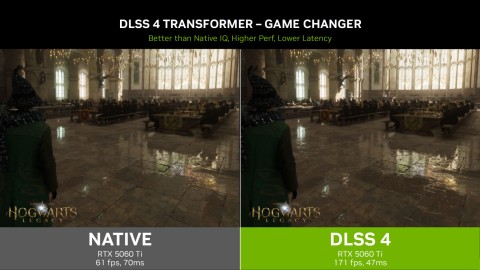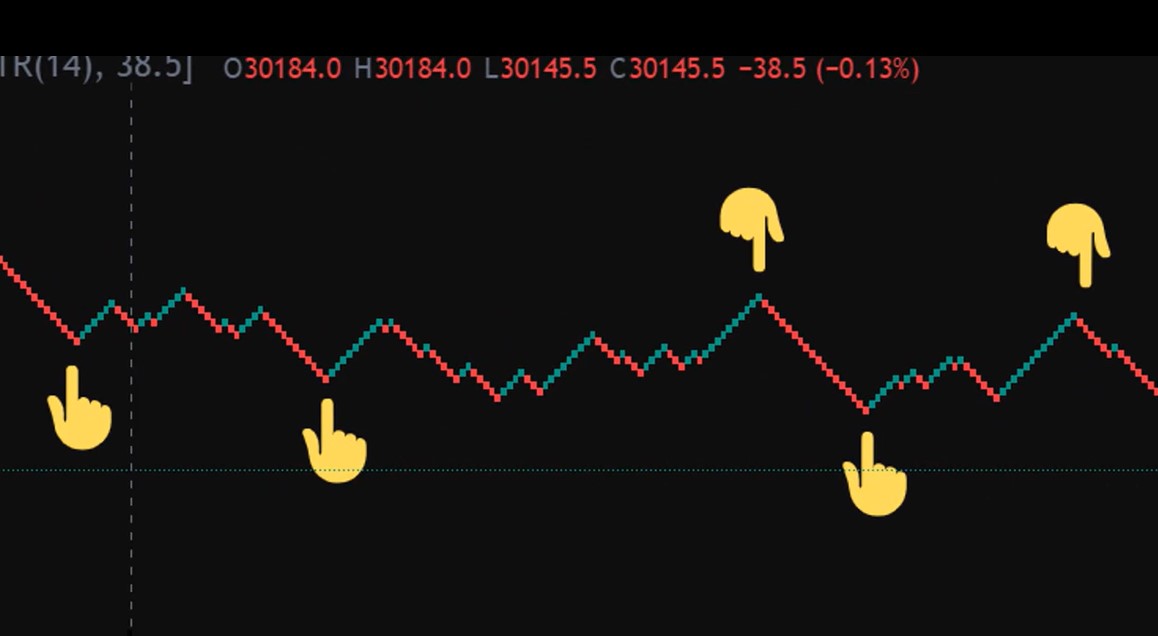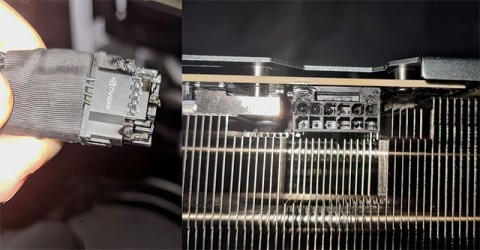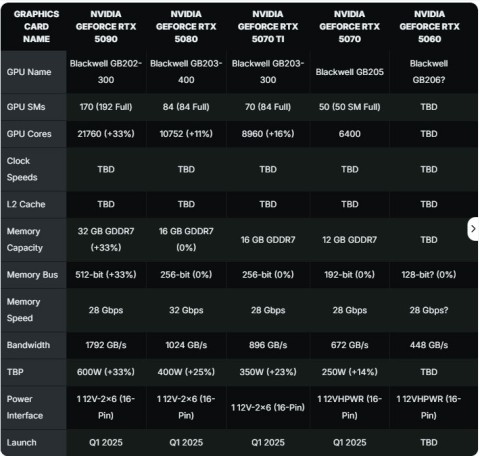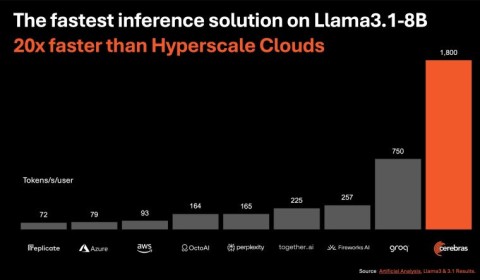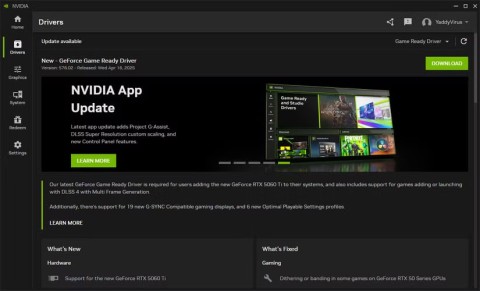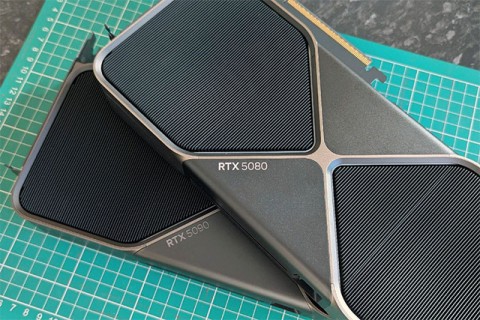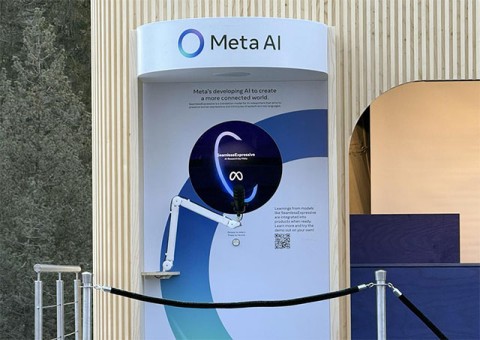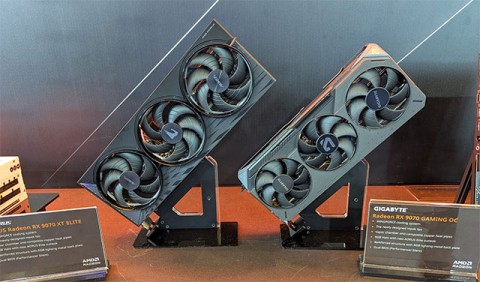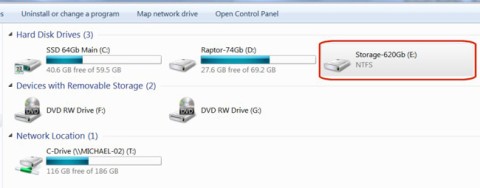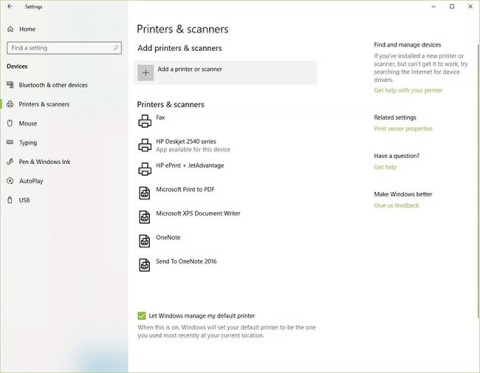In June 2024, Nvidia announced the full open source GPU code for its flagship physics simulation engine, PhysX SDK, including previously unreleased GPU simulation cores. The move is expected to spur innovation in GPU-accelerated computing.
Unlock 500 CUDA kernels, expand development opportunities
Since 2018, the PhysX SDK has been released under the BSD-3 license but lacked the GPU kernel source code. This update provides access to over 500 CUDA kernels, supporting features such as rigid body dynamics, fluid simulation, and deformable objects. It also includes the GPU compute shader source code for the Flow SDK, a library for real-time fluid simulation based on a sparse grid.

If you don't know, BSD-3 is an open source license that allows for modification and redistribution of source code as long as the copyright notice is kept intact. CUDA (Compute Unified Device Architecture) is a parallel computing architecture developed by Nvidia that helps accelerate processing on GPUs.
“Since PhysX SDK 4.0 (2018), the PhysX source code has been open source
under the BSD-3 license, except for the GPU cores. That changes today. We hope this will be a platform for the community to learn, experiment, and innovate!” said Adam Moravanszky, Senior Director of Simulation Technology at Nvidia.
PhysX and Flow – The All-in-One Physics Simulation Duo:
- PhysX: Originally developed by NovodeX, acquired by Nvidia in 2008. This engine handles real-time physics simulation for games, robotics, including solid, deformable, and fluid dynamics.
- Flow: Focuses on high-fidelity fluid and gas simulation, using sparse mesh technology for optimal performance.
Open sourcing is seen as a strategic move, helping Nvidia strengthen its position in the GPU industry, while also attracting developers to take advantage of the CUDA architecture. The community can access details in the PhysX repository on GitHub .
